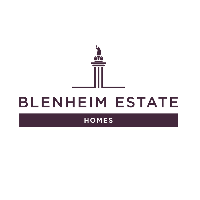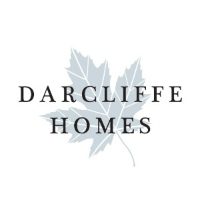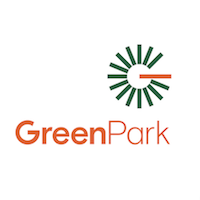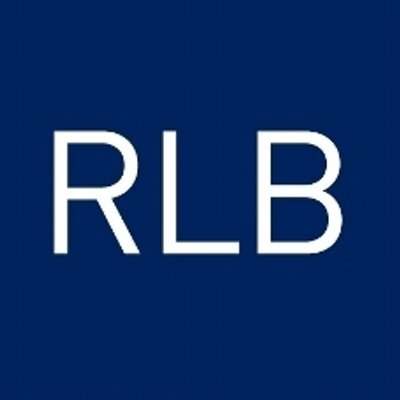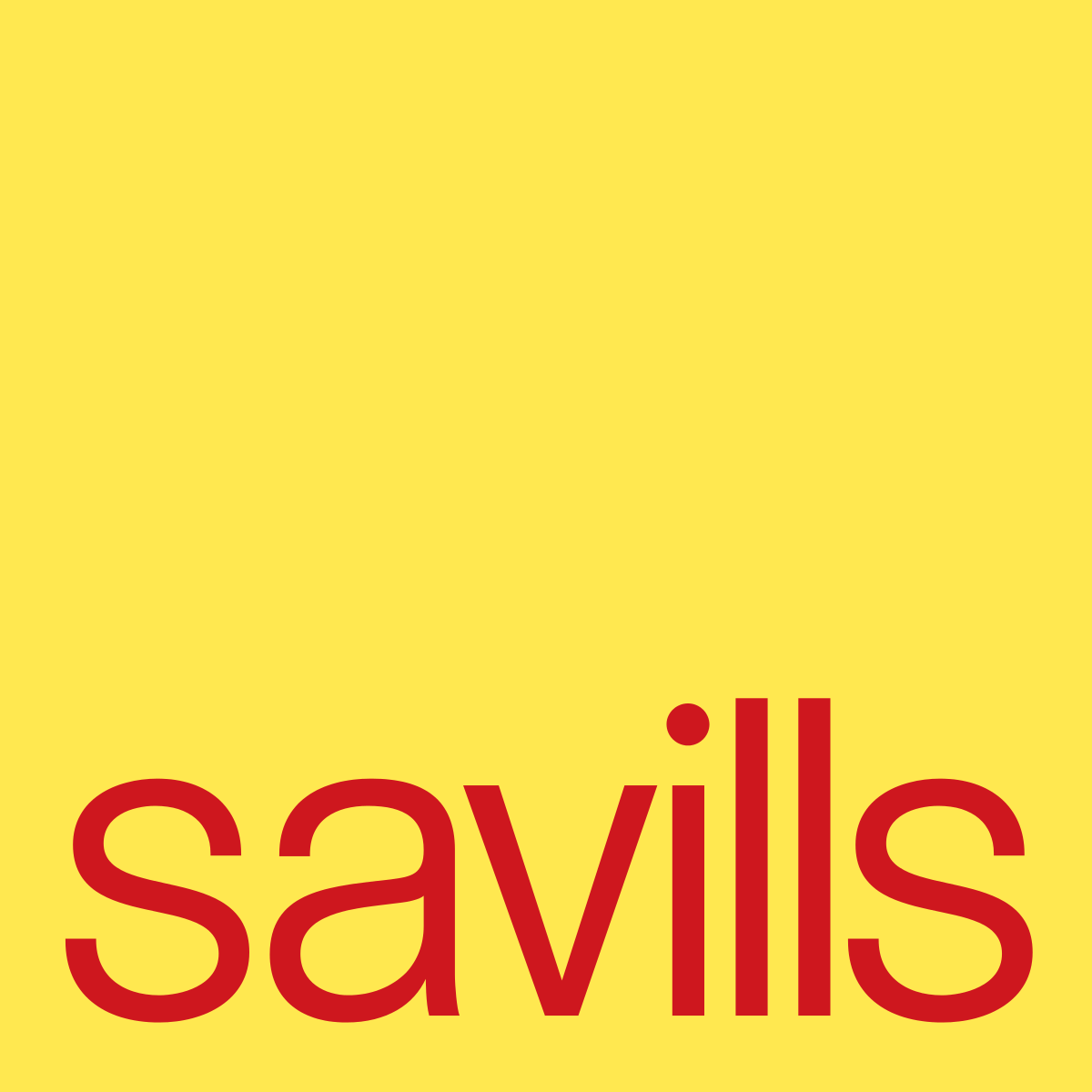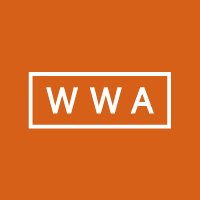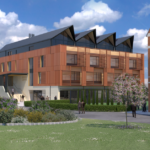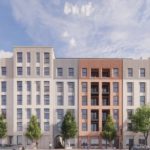Reading Borough Council strategic environment, planning and transport committee resolved to approve the ‘Local Plan partial update consultation on scope and content’ for consultation on November 15. It is anticipated that the consultation process will commence before the end of November and run until January 2024. Lichfields planner Florence Leung (pictured left) and associate director Sarah Moorhouse (pictured right) explain the significance.
Although not (yet) a city, Reading has been named one of the best places to live in the South East and over the past decade has experienced population growth of nearly 12 per cent – much higher than the average for the South East (7.5 per cent) and England (6.6 per cent).
Reading Borough Council (RBC) adopted its current Local Plan in 2019 and is currently undertaking a partial update to address future growth. This includes reviewing policies on housing and employment as well as current -and potential future- site allocations.
Reading is one of the 20 largest urban centres in England where a 35 per cent uplift to the housing need figure calculated using standard method is applied. This uplift, dating back to the aftermath of the 2020 White Paper is a uniform percentage increase based solely on the identified housing needs of the 20 largest towns and cities, rather than their abilities to meet such needs.
RBC states that, based on most recent figures, there is therefore a need for 877 homes per year in Reading up to 2041, a substantial increase from the existing plan figure of 689 per year.
RBC has commissioned its own evidence to understand what the need for homes would be using an alternative methodology, rooted in local need, so this matter may be revisited further down the line.
Where shall we live?
As set out in our ‘Your Official Top 20’ blog, Reading has already built up to its boundaries with some other development needs already being met on adjacent land in neighbouring authorities.
RBC acknowledges this in the draft consultation document, recognising that future development proposals will rely almost wholly on previously developed land and that the spatial strategy is to a large extent dictated by where sites are available.
Further to this, RBC also acknowledges that there is a general expectation that figures for housing provision are likely to increase whilst needs for commercial forms of development are not expected to significantly increase. Therefore, they anticipate that housing needs will become more dominant than employment needs in the borough over the coming years.
How shall we live?
In addition to overall levels of housing need, RBC is also looking at the different types of housing need, including affordable and family-sized housing, and the needs of other specific groups.
Existing policy places an emphasis on delivering family housing of three or more bedrooms but, as noted in the draft consultation document, this is difficult due to the emphasis on high density town centre sites and therefore current family housing needs are not being met.
Notwithstanding this recognition of the current constraints, changes to policy being explored include an increase in the policy requirement for three or more bedroom dwellings in town centre proposals from five to 10 or even 15 per cent.
This is alongside the suggestion that policy should explicitly state that in the event of conflict between meeting minimum densities and delivery of family housing, family housing will take priority. On sites outside centres RBC is proposing increasing the requirement for family housing from 50 per cent to 67 per cent.
The draft consultation document highlights that Build to Rent (BtR) will continue to have a role to play in housing development in Reading and proposes no change to the policy guiding the provision of student housing.
It also introduces the option of a new policy on co-living. As set out in our co-living blog, this is a type of community housing in which residents share facilities such as kitchens, bathrooms and living rooms which has emerged in recent years – primarily to date within Greater London.
RBC notes that ‘we have not yet dealt with any applications for co-living in Reading but . . . we expect to see proposals in Reading within the plan period’.
The council goes on to note a number of matters they anticipate will need to be addressed with this new form of housing including differentiating co-living from more traditional HMOs and student accommodation, such proposals competing with general residential schemes for sites and the relationship between them and affordable housing provision.
The big squeeze?
So, how does RBC intend to deal with its rising housing need, given the spatial constraints and widening range of housing needs?
The draft consultation document states that RBC proposes to place ‘an even stronger focus on Central Reading’ with the proportion of new homes to be delivered in the town centre anticipated to increase from around 50 per cent to 60 per cent through the Local Plan review. There are two elements outlined in the draft consultation document to achieve this:
- Higher density in the town centre – including setting a minimum density for development in the town centre at 200 dwellings per hectare (dph) – doubling from the indicative density of above 100 dph in the adopted Local Plan; and
- Assessing a number of potential sites in Central Reading for consideration as additional housing/mixed use allocations.
But will this be enough to meet the required housing provision for the plan period?
A number of options are set out in the consultation document for each of the potential additional site allocations including the density and use of each site (the analysis for which is at an early stage).
Higher density development is often associated with taller buildings and to achieve the highest housing density options on the additional allocations, in many instances, there will be a need to build tall buildings on the sites.
However, the adopted Local Plan restricts the construction of tall buildings to three specific cluster areas in Central Reading and only one of the potential additional site allocations is within one of these clusters.
The draft consultation document states that the adopted tall buildings policy is up-to-date and it is not currently part of the partial review.
The council meeting on Wednesday is the next step in a long road towards the adoption of the Local Plan partial update, with further evidence still to be prepared, responses to the consultation process to be reviewed, possible changes to Central Government policy to address and ultimately a key role for the Local Plan inspector.
Can this partial review of the Local Plan address Reading’s housing requirements, meet the needs of a widening range of housing types and achieve higher density in the town centre without placing an increased reliance on tall buildings?
The emerging Local Plan process will be the forum for this debate.
© Thames Tap (powered by ukpropertyforums.com).
Sign up to receive our weekly free journal, The Forum here.



